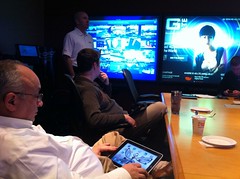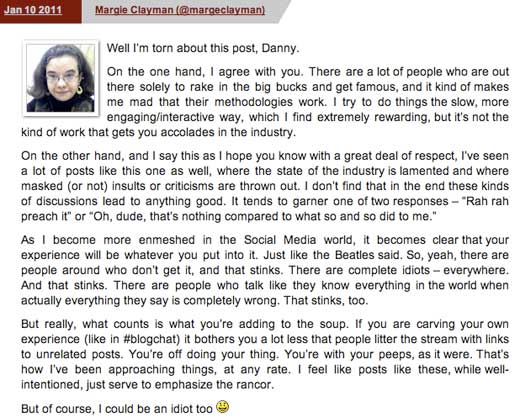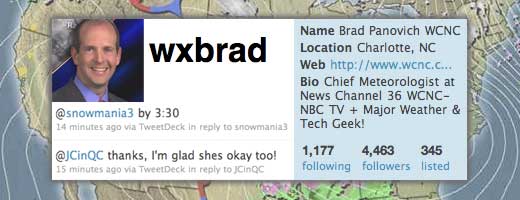There is a reason why video and blogs work together…well, it brings personality. People want more than just a reading experience that is based on search-ability and getting information; they sometimes want to connect. As much as they hate to admit it…they want to learn more. They want to learn what makes the writer tick.
Video is such a crazy thing in this world of blogging, online media, social media, and mobile connection. Video provides depth. It takes us further than the textual words, those words that writers work so hard to bring color inside each syllable. Video does that…it brings texture.
There are a few reasons I work with clients to bring video into the everyday web experience, here are a few reasons:
- It brings emotion to the screen. People get to see how someone talks, breaths, laughs, sighs, expresses, etc. It reveals the true emotion behind the written word.
- It brings texture. The written word is a two dimensional field where we write our thoughts and hope that our ability to craft sentences provides depth. Video provides a three dimensional look into the screen that Brenda Laurel describes as the “theater.”
- It connects social platforms together. If video is placed on YouTube, Vimeo, Viddler, or any of the other social video sites…it connects rich media outlets together creating a great SEO experience for the user looking for information.
- It breaks up the monotony. As bloggers and writers, we get into a habit of just filling the screen with text within our blogs and web experiences. Bringing video into this online experience can bring a depth beyond the words providing connection points. People get to see who they are reading, and hear those words that are typed.
- Video reinforces the brand experience. It allows the user to see the branded message in action, connecting those visual cues to the written word.
- It takes the pressure off writing too much content. Sometimes it is better for something to be explained visually in video form, those ideas that are sometimes normally hard to explain in the written word. This takes the burden off of the copywriting or creative writing experience; allowing visuals, music, interviews, graphics to take the place of the written word.
There are many times in the world of blogging, people have a hard time articulating thoughts in written form. There are many times that a thought comes to mind, but we are not in a place to write. We are surrounded by devices that allow us to capture video. We can capture a special moment, an interview, an emotion, or we just want to talk into the camera. What ever presents itself, sometimes the camera is better suited to capture the moment than trying to write down the thought.
Use the media, do not be afraid. Video is a powerful tool especially if you want to supplement the written word.
Here are a few people who do it so well in the blogging context:
- Gary Varnerchuk – http://garyvaynerchuk.com/
- Kelly Olexa – http://www.kellyolexa.com/
- Andy Arnold – http://www.aalawfirm.com/bloggeratlaw/
- Dr. Wendy Sue Swanson – http://seattlemamadoc.seattlechildrens.org/
Organizations that do it well:
- New York Times – http://video.nytimes.com/?src=hp1-0-V
- Ted.com – http://www.ted.com/
- RSA Animate – http://comment.rsablogs.org.uk/videos/
So bottom-line, do not be afraid to use that camera and integrate some video into your online experience. You can provide the rich insight many people are seeking.












